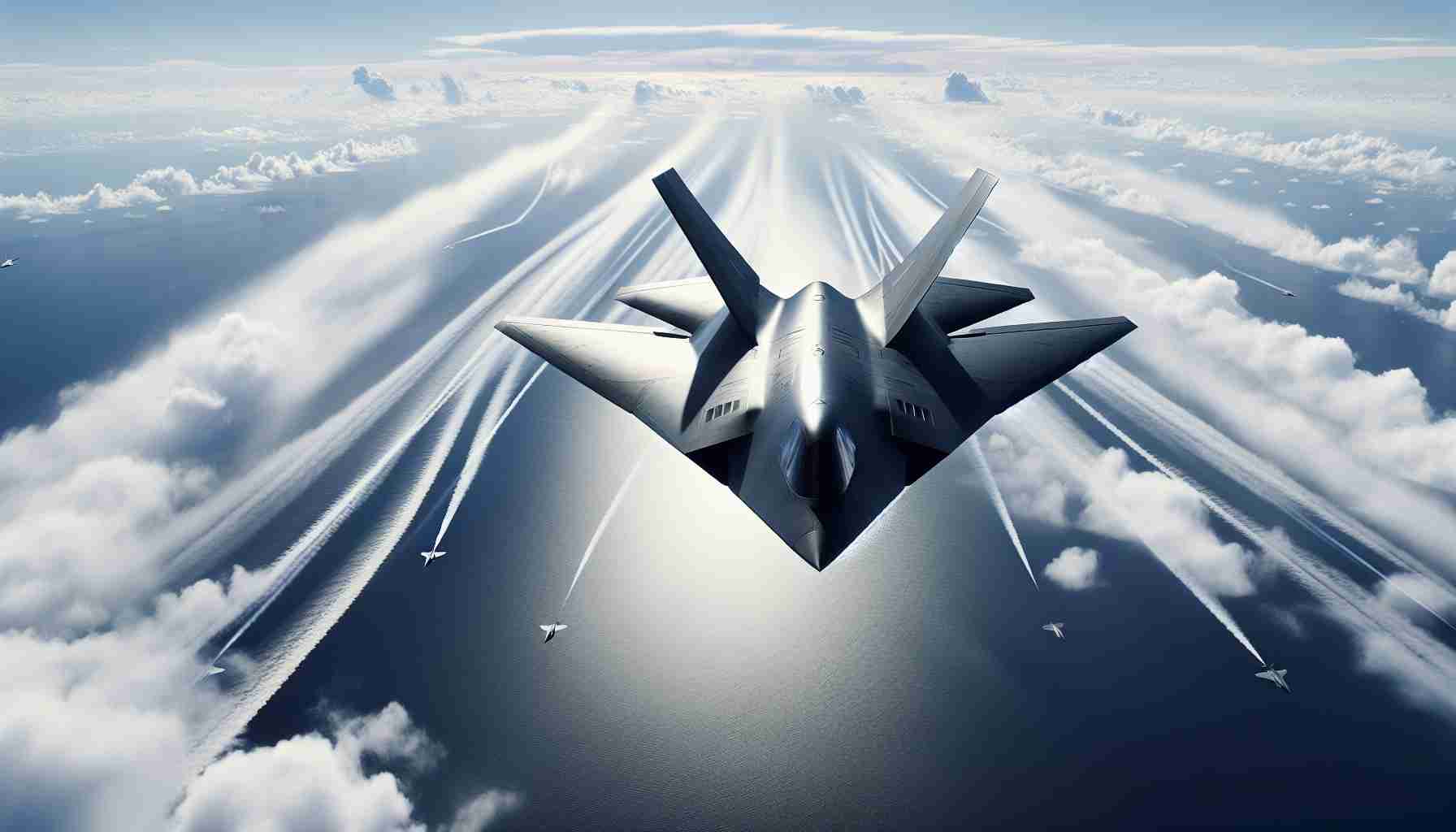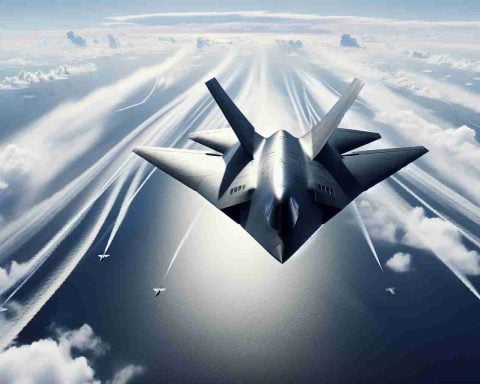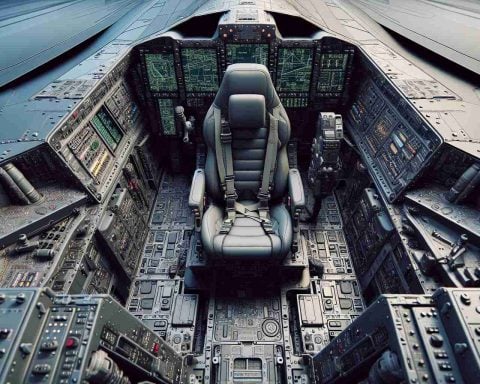China is taking a bold step forward in naval aviation by integrating its most advanced stealth fighters into carrier operations. This strategic move aims to enhance the country’s military prowess by combining next-generation technology with existing capabilities. At the forefront of this initiative is the J-35, China’s cutting-edge fifth-generation fighter jet poised to revolutionise naval warfare.
In a recent announcement, a prominent engineer from the state-run Aviation Industry Corporation of China (AVIC) disclosed that the J-15 and the J-35 aircraft will be operatively stationed on aircraft carriers. This marks a significant advancement in China’s naval aviation capabilities, as the J-35 brings a host of advanced features including state-of-the-art stealth technology and sophisticated avionics.
The announcement was made during the renowned Zhuhai air show, where aviation enthusiasts got a glimpse of the future of Chinese naval aviation. At AVIC’s “maritime missions” exhibit, both the J-35 and the existing J-15—the latter being a familiar presence on Chinese aircraft carriers like the Liaoning and Shandong—were showcased.
Developed by AVIC’s subsidiary, Shenyang Aircraft Corporation, the J-35 is China’s second venture into fifth-generation fighter jets after the J-20. Notably, the J-35 distinguishes itself from its predecessor with its advanced capabilities, including an arsenal of weaponry such as medium-range air-to-air missiles and supersonic air-to-surface missiles.
As these formidable stealth fighters prepare to take to the seas, China strengthens its footing in the realm of modern naval warfare.
How China’s Stealth Fighter Jets Are Catalysing a New Era in Military Technology and Global Dynamics
China’s strategic integration of its fifth-generation stealth fighters into naval operations reveals more than just a military enhancement; it signifies a transformative shift in military technology and geopolitical dynamics. As the nation pioneers this venture, the ripple effects extend far beyond immediate military applications, raising important questions about the future of technology and humanity.
Interesting Facts and Controversies
The J-35, unveiled at the Zhuhai air show, captures global attention not only for its military might but also for its technological prowess. Among its innovative features are next-generation stealth technology and highly sophisticated avionics, positioning China alongside global leaders in military tech development.
However, the path to this achievement is not without controversy. Global observers have raised concerns over intellectual property and technology transfer, as China’s rapid advancements often parallel those of established aerospace leaders. Whether this signifies technological borrowing or independent innovation remains a topic of heated debate.
Advantages of Advanced Stealth Technology
From a military perspective, the integration of stealth fighters enhances China’s defensive and offensive capabilities. These jets are designed to evade radar detection, giving China a strategic advantage in naval warfare. Beyond immediate applications, the technology underpinning these aircraft can catalyse advancements in other sectors, such as autonomous flight control systems and advanced materials for civilian aviation.
Disadvantages and Ethical Concerns
Despite the technological strides, there are significant drawbacks and ethical questions surrounding the proliferation of advanced military technologies. The potential for increased military tensions and an arms race in Asia heightens geopolitical instability. Furthermore, the resources devoted to military advancements could arguably be redirected toward pressing global issues like climate change and poverty alleviation.
Impact on the Future of Humanity and Technology
As nations like China continue to push the boundaries of technology in pursuit of military dominance, the implications for humanity are vast. Will these advancements usher in an era of further technological innovation, or intensify global divides and conflicts? The answers are not yet clear, but they are vital to understanding the evolving landscape of global power.
Related Questions
– How will China’s advancements influence global military alliances?
– What are the ethical implications of investing heavily in military technology over humanitarian efforts?
For further insights into technological advancements and their global implications, you might explore resources such as GlobalSecurity.org and Department of Defense.
The advancement of China’s naval aviation represents a remarkable leap in military technology. Still, it poses critical questions for global security, ethical considerations, and the prioritisation of technology in society. As such, it compels observers to ponder the path forward toward fostering innovation while ensuring a peaceful and equitable future for all.









